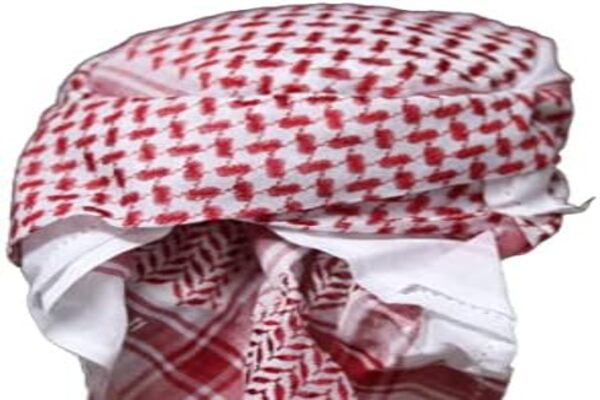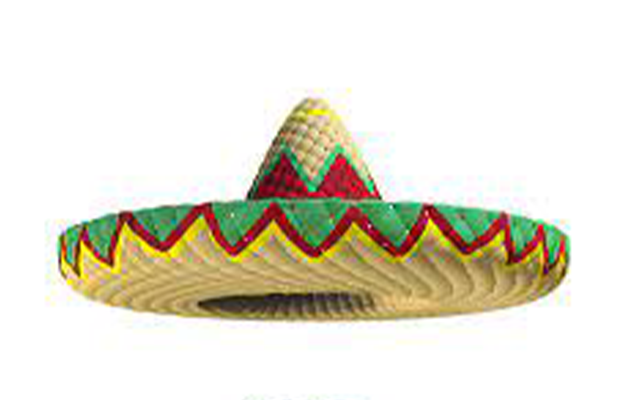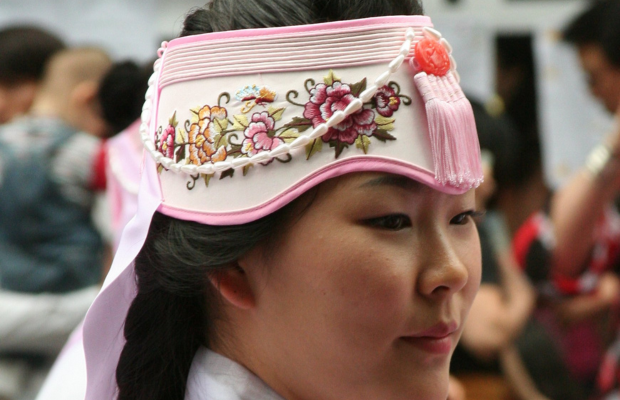
Exploring the Significance of the Keffiyah and Ghutrah Trio
Introduction of Keffiyah
The keffiyeh, often mistakenly called a ghutrah, is a recognizable symbol of the Middle East. However, it’s not a single piece of headwear. The keffiyeh and ghutrah form a three-piece ensemble, along with the agal, that holds deep cultural and practical significance. Let’s delve into the fascinating story behind this unique headwear. Exploring the Significance of the Keffiyah and Ghutrah Trio, we uncover layers of tradition and symbolism woven into these garments. Beyond their role as mere accessories, the keffiyeh and ghutrah represent a tangible expression of identity, heritage, and unity in the region.
Breaking Down the Trio: What Makes Up This Ensemble?
- The Keffiyeh: This is the large, checkered scarf most commonly associated with Middle Eastern attire. Traditionally made from cotton or wool, it offers protection from the sun and sand.
- The Ghutrah: Often used interchangeably with keffiyeh, the ghutrah is actually the plain white scarf worn underneath the keffiyeh. It provides an extra layer of warmth and helps the keffiyeh stay in place.
- The Agal: This is the black cord wore around the head to secure the keffiyeh. Traditionally made from horsehair or camel hair, the agal can also be a status symbol, with more intricate designs signifying higher social standing.
More Than Just Headwear: A Symbol of Culture and Identity
The keffiyeh and ghutrah duo transcends its practical purpose. It’s became a powerful symbol of culture and identity:
- Cultural Symbol: The keffiyeh and ghutrah are wore by people across the Middle East, with variations in color, pattern, and wearing style reflecting specific regional identities.
- Symbol of Heritage: Donning the keffiyeh and ghutrah is a way to connect with one’s cultural heritage and express pride in one’s roots.
- Political Symbol: Throughout history, the keffiyeh and ghutrah have also been adopt as a symbol of political resistance and solidarity with various causes.
A Tradition That Endures:
Despite the influence of modern trends, the keffiyeh and ghutrah trio remains a cherished tradition. In recent years, there’s been a resurgence of interest in cultural heritage, leading to a renewed appreciation for this unique headwear. Younger generations are embracing the keffiyeh and ghutrah. Not just for its cultural significance but also for its timeless style. This revival mirrors similar movements in Scottish history, where traditional tartan attire experienced a resurgence, reflecting a desire to reconnect with cultural roots and preserve heritage amidst modernization.
Conclusion:
In conclusion, the significance of the Keffiyah and Ghutrah trio transcends mere fashion, serving as a potent symbol of identity, heritage, and unity in the Middle East and North Africa. From its role as a marker of cultural affiliation to its function as a symbol of solidarity. This ensemble embodies the enduring legacy of tradition and resilience in the face of change. As wearers don the Keffiyah or Ghutrah, they not only adorn themselves with fabric. But also with the rich tapestry of history, culture, and identity woven into every thread. Additionally, the Keffiyah and Ghutrah hold similarities with Scottish hats, representing cultural pride and continuity across diverse traditions.





